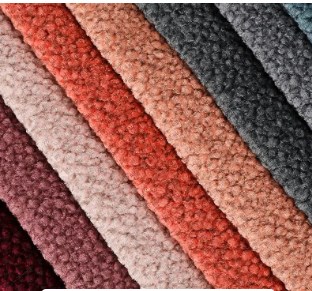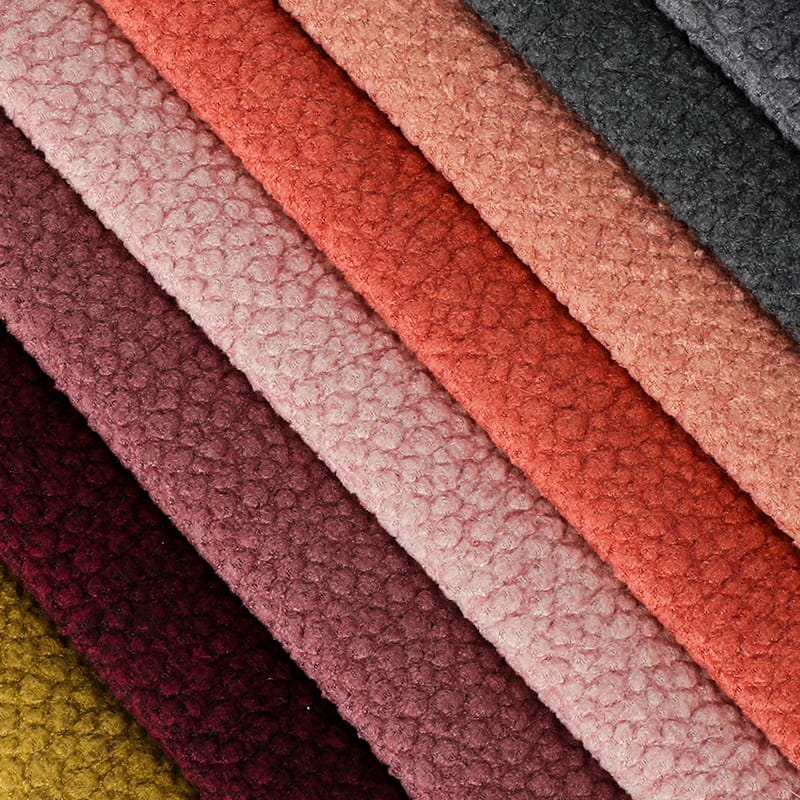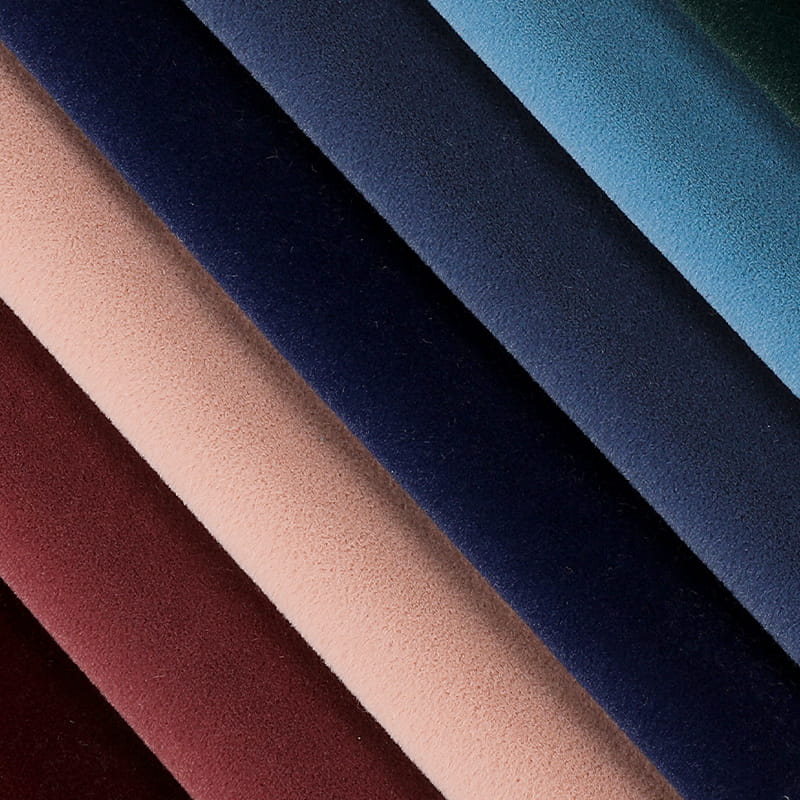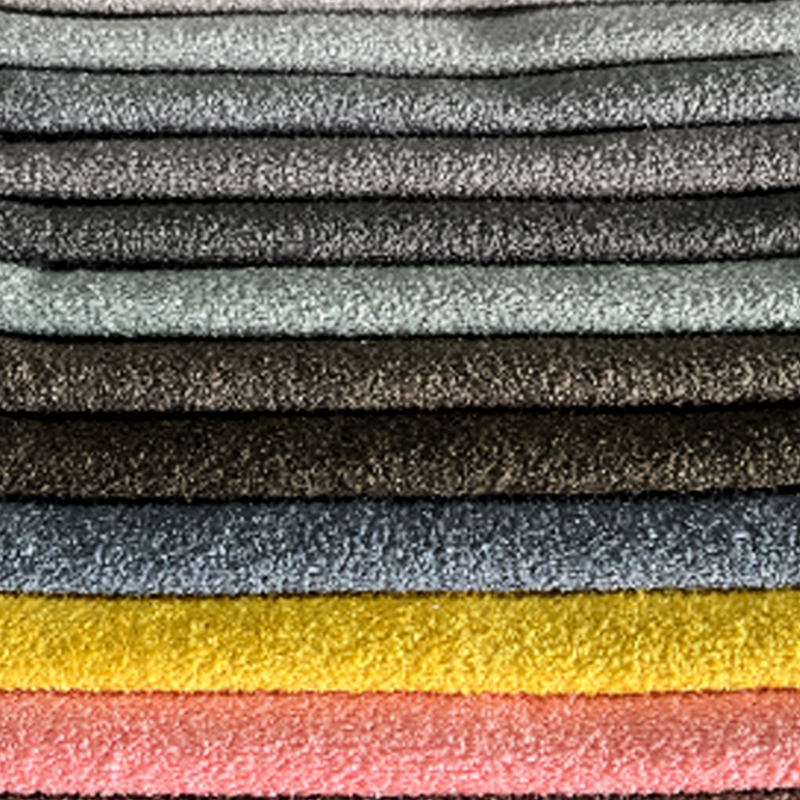In modern home design, the sofa, as the core furniture of the living room, not only serves the functions of rest and socializing but also acts as the visual focal point of the space's style. Sofa furniture fabric, as a crucial element determining the appearance, texture, and comfort experience, directly impacts the overall quality and lifespan of the sofa. With the improvement of home aesthetics and quality of life, the selection of sofa fabrics has shifted from simple practicality to a multi-dimensional combination of comfort, environmental friendliness, and artistry, becoming an indispensable key aspect of furniture design.
I. The Core Value of Sofa Fabrics: The Art of Balancing Comfort and Aesthetics
Choosing sofa furniture fabrics is not merely about selecting materials but also an expression of a lifestyle. Different textures of fabric vary in touch, luster, breathability, and abrasion resistance, creating distinctly different home atmospheres. High-quality sofa fabrics should achieve an ideal balance between comfort and aesthetics, allowing people to feel warmth and relaxation both visually and tactilely. Soft and smooth fabrics offer a light and skin-friendly feel, while tightly woven, high-density fabrics appear more stable and substantial, suitable for creating a refined atmosphere in high-end spaces. In modern home aesthetics, the color and texture of fabrics play an irreplaceable decorative role. Light-colored fabrics convey a sense of lightness and transparency, while darker tones convey a sense of stability and sophistication. The surface texture of the fabric, such as fine weave, natural sheen, or understated matte finish, is an important tool for designers in creating spatial depth and visual focal points.
II. Technological Development and Innovation Trends of Sofa Furniture Fabrics
With continuous innovation in textile technology, sofa furniture fabrics have undergone significant improvements in both craftsmanship and functionality. Modern weaving techniques not only achieve more precise fiber structures but also endow fabrics with stronger abrasion resistance and stain resistance. Through special fiber blending and finishing processes, the hand feel, colorfastness, and wrinkle resistance of fabrics have all seen a qualitative leap.
Currently, the application of technologically advanced fabrics has become a major highlight in the furniture industry. The addition of functional fibers gives sofa fabrics breathability, easy cleaning, and anti-static properties, providing consumers with a more convenient and comfortable user experience. Meanwhile, environmental protection concepts have also driven the development of green fabrics. Sofa fabrics made from recyclable or natural raw materials are becoming a new market trend, balancing environmental performance with high-end texture, making home spaces more sustainable and aesthetically pleasing.

III. From Material to Touch: Key Factors Determining Sofa Quality
The texture of sofa furniture fabric directly affects the user experience. High-quality fabrics must not only have a soft touch but also maintain good structural stability and extensibility, ensuring they remain smooth and crisp even after prolonged use. Weaving density, yarn quality, and finishing processes are all core factors determining fabric performance.
The fiber composition of the fabric also plays a decisive role in comfort and durability. Natural fiber fabrics are known for their breathability and skin-friendliness, providing a naturally soft texture; while modern synthetic fibers, through technological improvements, exhibit superior abrasion resistance and color performance, suitable for various usage environments. Regardless of the type of fabric, excellent weaving techniques are the foundation for ensuring the sofa's lifespan and stable appearance.
IV. Design Aesthetics and Spatial Matching: The Visual Language of Sofa Fabrics
In home space design, sofa fabrics are not only practical materials but also an expression of emotion. The combination of color, texture, and sheen determines the style of a space. Warm, neutral-colored fabrics create a soft and comfortable home atmosphere, while cool tones or highly saturated fabrics create strong visual contrasts, showcasing a personalized design language.
The surface finish of the fabric also affects the overall spatial hierarchy. Delicate, velvety fabrics offer a warm and soft texture, while smooth weaves appear more modern and minimalist. Designers often use combinations of different materials to create a richly layered and stylistically unified visual experience, making the sofa the central visual focal point of the space.
V. Quality Assessment and Market Trends of Sofa Fabrics

In the furniture industry, the quality assessment standards for sofa fabrics are becoming increasingly professional. From weaving techniques and fiber density to colorfastness and abrasion resistance, these are all important indicators for evaluating their quality. High-end furniture brands place greater emphasis on the long-term performance of fabrics, including anti-pilling, anti-fading, and easy-care properties.
Current market demand for sofa fabrics is showing a trend towards diversification and personalization. Consumers prefer products that combine design and comfort, while also paying attention to environmental attributes and sustainable manufacturing. The development of digital printing and custom weaving technologies has enabled sofa fabrics to meet more unique design needs, becoming a key factor for home furnishing brands to enhance their competitiveness.
Sofa furniture fabric is more than just a covering material; it embodies multiple meanings: comfort, aesthetics, and quality. High-quality sofa fabrics can endow furniture with higher artistic value and a better user experience, giving home spaces a lasting warmth and style. As people's pursuit of quality of life continues to rise, innovation in sofa fabrics will continue to be a significant driving force in the home furnishing industry, leading the way in future home aesthetics.



 English
English Español
Español










